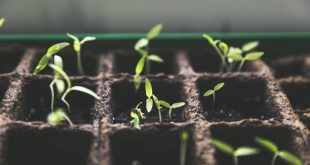Table of Content
| SL. No. | Topic Name |
| 01 | Definition and types |
| 02 | Acclimatization |
| 03 | Purposes |
Definition & Types
“Plant introduction and acclimatization” is the easiest and most rapid method of crop improvement in which the acclimatization follows the introduction and both the processes go side by side. Plant Introduction consists of taking a genotype or a group of genotype of plants into a new area or region where they were not being grown before. Thus plant introduction may involve new varieties of a crop already grown in an area, wild relatives of the crop species or a totally new crop species for the area. Plant Introduction & Acclimatization can be defined separately as follows:
Plant introduction is the process of introducing plants from their growing locality to a new locality. Thus in this process, the plants are transferred from one place to another having a different climate.
Acclimatization is the adaptation or adjustment of an individual plant or a population of plants under the changed climate for a number of generations.
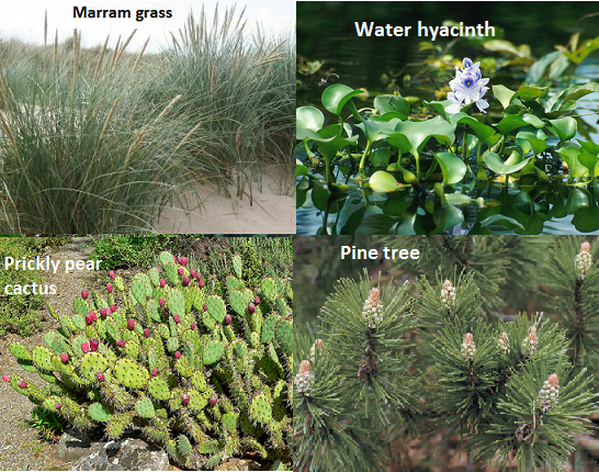
Thus Acclimatization is a sort of natural selection operating into the introduced plant material.
TYPES OF PLANT INTRODUCTION
Plant introduction may be classified into the following two categories:
- Primary Introduction &
- Secondary Introduction.
PRIMARY INTRODUCTION: When the introduced variety is well adapted to the new environment, it is released for commercial cultivation without any alternation in the original genotype; this constitutes primary introduction. Primary introduction is less common, particularly in countries having well organized crop improvement programmes.
Examples: Introduction to semi-dwarf wheat (Triticum aestivum) varieties Sonora 64, Lerma Rojo (pronounced as ‘Lerma Roho’) and of semi-dwarf rice (O. sativa) varieties Taichung native 1, IR8, IR28, and IR36 are some of the examples of primary introduction.
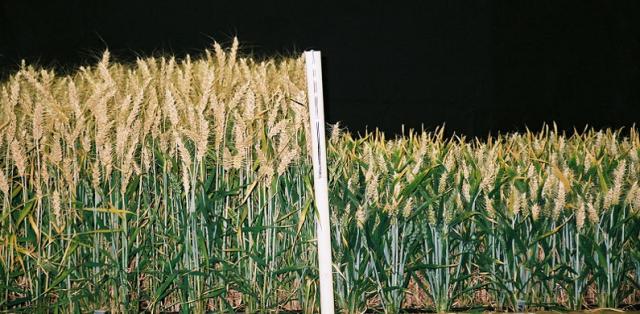
Semi-dwarf wheat preview
SECONDARY INTRODUCTION: The introduced variety may be subjected to selection to isolate a superior variety. Alternatively, it may be hybridized with local varieties to transfer one or few characters from this variety to the local ones. Such an introduction constitutes secondary introduction. Secondary introduction is much more common than primary introduction
Examples: Kalyan Sona and Sonalika wheat varieties selected from materials introduced from CIMMYT, Mexico; semi-dwarf wheat and rice varieties developed through hybridization with introduced varieties etc.
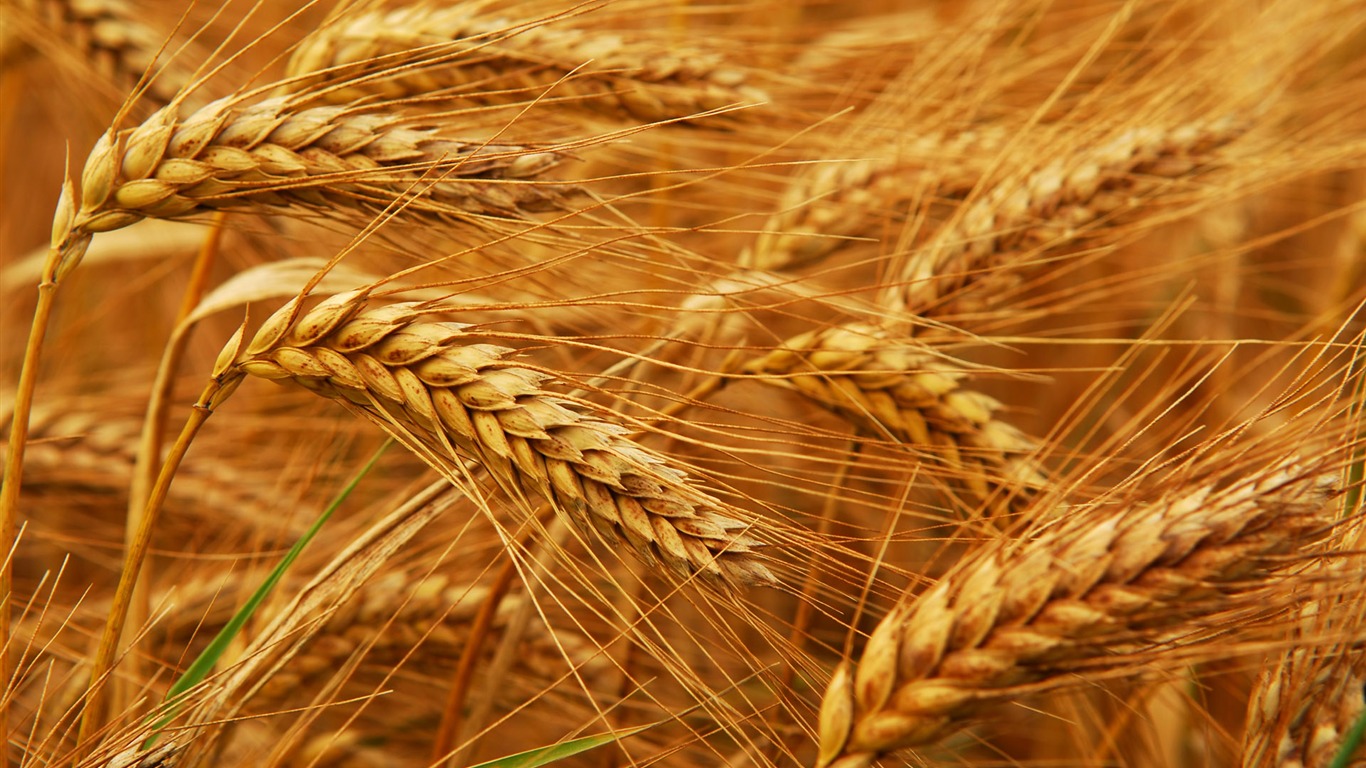
Sonalika wheat variety
Acclimatization
Generally, the introduced varieties perform poorly because they are often not adapted to the new environment. Sometimes, the performance of a variety in the new environment improves with a number of generations grown there. The process that leads to the adaptation of a variety, line or population to a new environment in known as acclimatization. Acclimatization is brought about by a faster multiplication of those genotypes (present in the original population) that are better adapted to the new environment. Thus acclimatization is essentially a consequence of natural selection. Genetic variability must be present in the original population for acclimatization to occur. Therefore, land varieties are likely to get acclimatized, while purelines are not likely to do so.
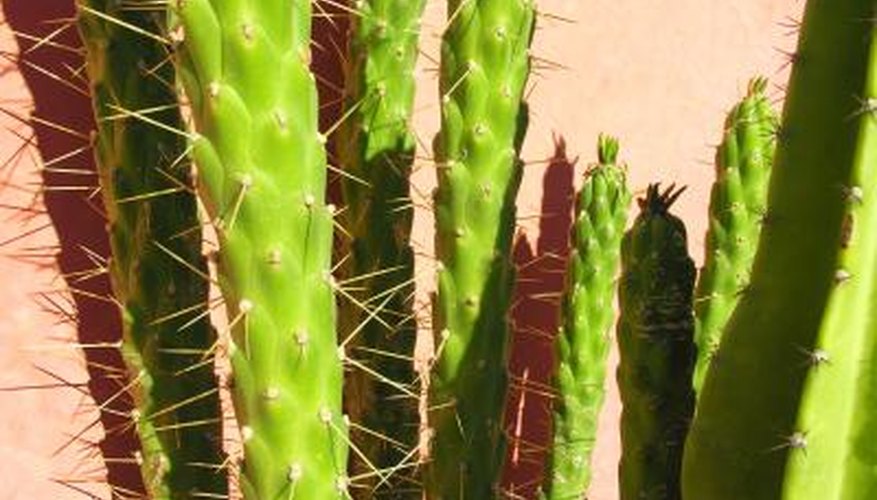
Cactus- It has spines rather than leaves ( Adaptation in desert plants)
The extent of acclimatization is determined by –
- The mode of pollination
- The magnitude of genetic variability present in the original population.
- The duration of life cycle of the crop and
- Mutation
Cross-pollination leads to a far greater gene recombination than self-Pollination. As a result, cross-pollination is much more helpful in acclimatization than self pollination. As stated earlier, genetic variability is the prerequisite for acclimatization. Therefore, the greater the initial variability, the more is the extent of acclimatization. Life cycle duration is important because an annual crop would produce several generations by the time a perennial crop produces one generation. Each generation would produce new gene combinations, thereby facilitating acclimatization. Mutation plays a role in acclimatization, but it becomes important only when the period of acclimatization is very long.
Purposes
The main purpose of Plant Introduction is to improve the plant wealth of the country. It makes available to the breeders the germplasms required by them for their breeding programmes. The objectives of plant introduction are briefly described in the following section:
- For use in agriculture, forestry and industry– Many cereal, millet, sugar, forest, industrial and medicinal crops are the results of introductions from outside in the past and have led to the prosperity of country.
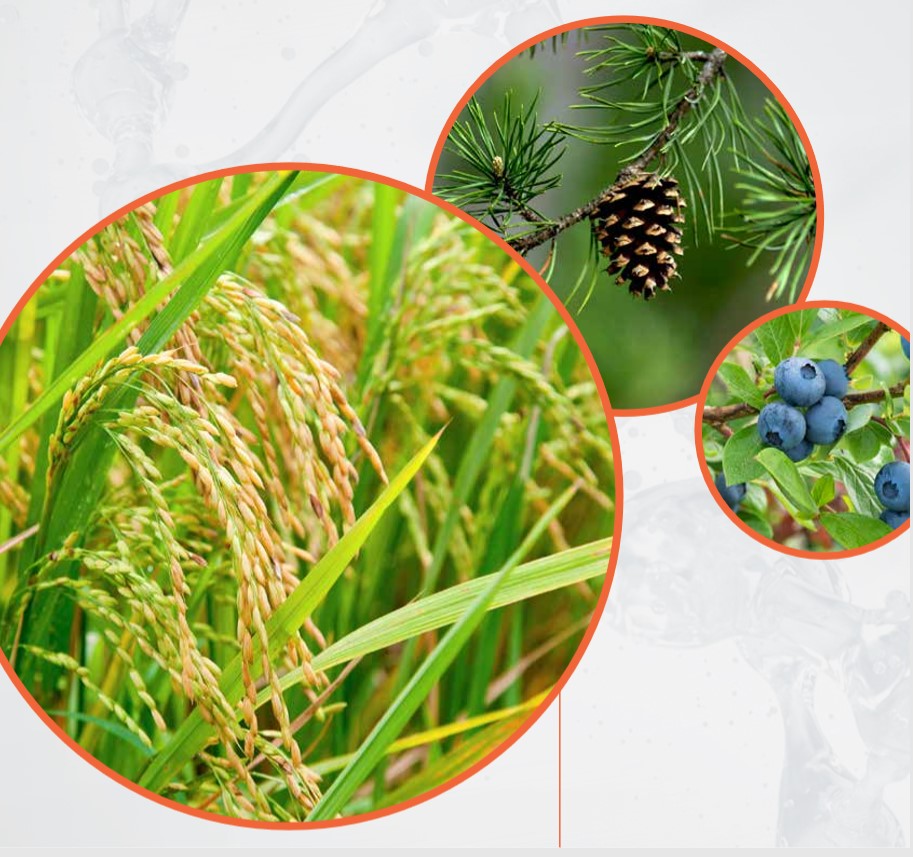
- For studying the origin, distribution, classification and evolution of the plants– The plants are introduced to maintain their permanent living collections in botanical gardens, research farms, herbaria, arboreta and museums of the country where their detailed study furnishes valuable scientific data and information which aid considerably in tracing out the origin, classification and evolution of different crop plants. Vavilov’s Eight Centers of Plants’ Origin were established with the help of such plant collection gathered by Russian scientists from all over the world.
- For Entirely New Crops: Plant introduction may provide an entirely new crop species. Many of our important crops e.g. maize, potato, tomato, tobacco etc are introduction. Some recently introduced crops are soya bean, gobhi sarson, (Brassica napus) Karan sarson (carinata; Ethiopian mustard) etc.
- For Saving A Crop From A Disease Or Pest: Sometimes a crop introduced into a new area to protect it from a disease or pest. For example, coffee was introduced in South America from Africa to prevent losses from leaf rust, Hevea rubber, on the other hand, was brought to Malaysia from South America to protect it from a leaf disease.

Ornamental plant - For Fulfillment Of Aesthetic Interest– The plants and shrubs, specially the ornamentals, are introduced to enrich and adorn the gardens, parks, buildings and bungalows so that the interest or fancy for uncommon and bizarre forms may be fulfilled. At present the beautiful gardens and parks in every country are due to plantation and growth of such introduced plant wealth which is indeed the great source of entertainment, drawings, paintings and imaginations to fatigued persons, designers artists and poets.
- For the Genetically Improvement Of Economical Crops– Crop plants or their stains possessing superior qualities are introduced and used as parental material in crossing so that their useful economic characters can be incorporated in local materials for their genetical improvement.
For Utilization in scientific studies: Collection of plants has been used for studies on biosystamics, evolution and origin of plant species etc. N.I. Vavilov developed the concept of centers of origin and that of homologous series in variation from the study of a vast collection of plant types.

References & Other Links
- H.k Chowdhury (Elementary plant breeding)
- Singh Bd (Plant Breeding principles and methods.
- https://plantlet.org/plant-introduction-and-acclimatization-history-organizations-and-procedure/?preview_id=7931&preview_nonce=76f85032d1&_thumbnail_id=7954&preview=tru
- https://plantlet.org/plant-introduction-and-acclimatization-advantages-disadvantages-important-achievements-and-expeditions/?preview_id=7944&preview_nonce=8c505d05da&_thumbnail_id=7957&preview=true
Written by
Tasfia Tabassum, B.S. (Hons), Department of Botany, University of Dhaka
 Plantlet The Blogging Platform of Department of Botany, University of Dhaka
Plantlet The Blogging Platform of Department of Botany, University of Dhaka



